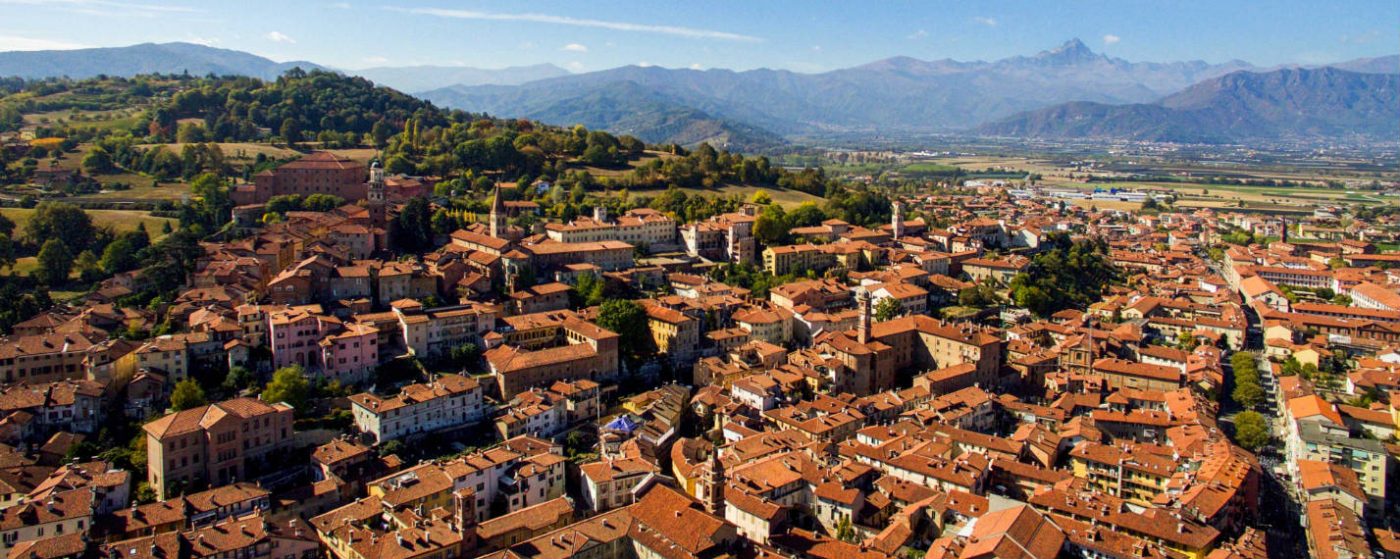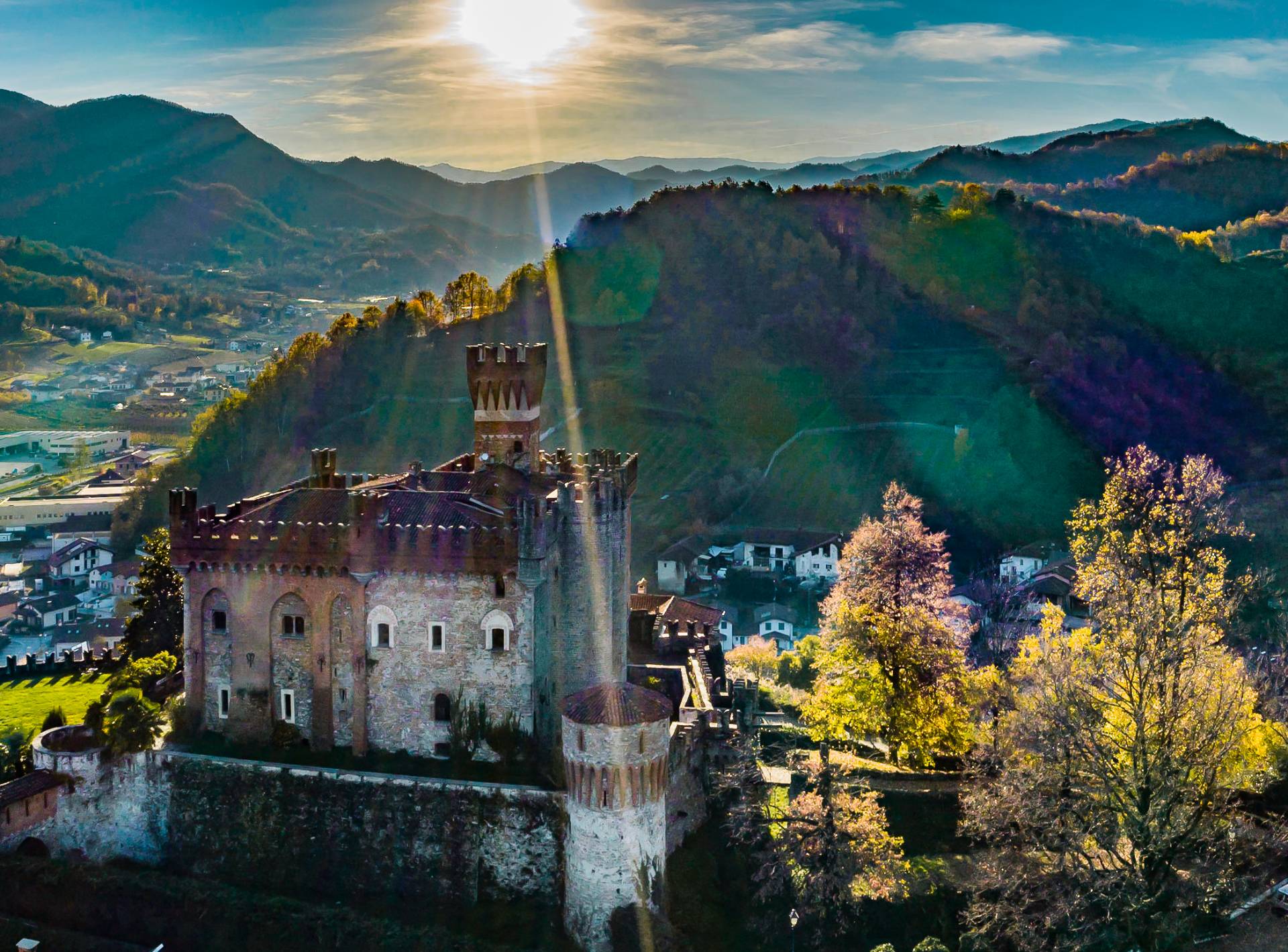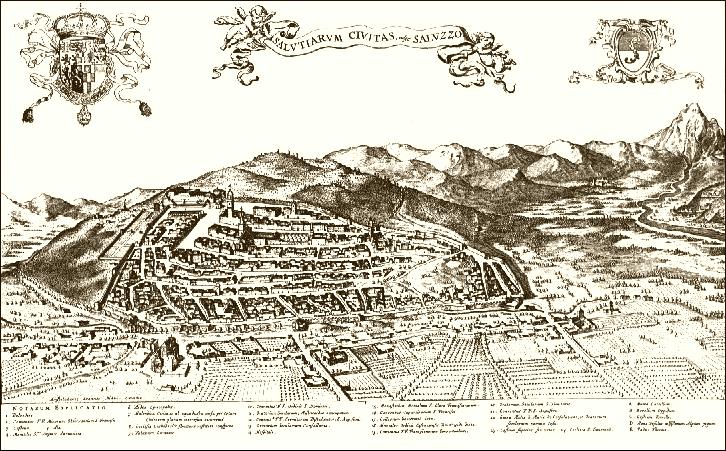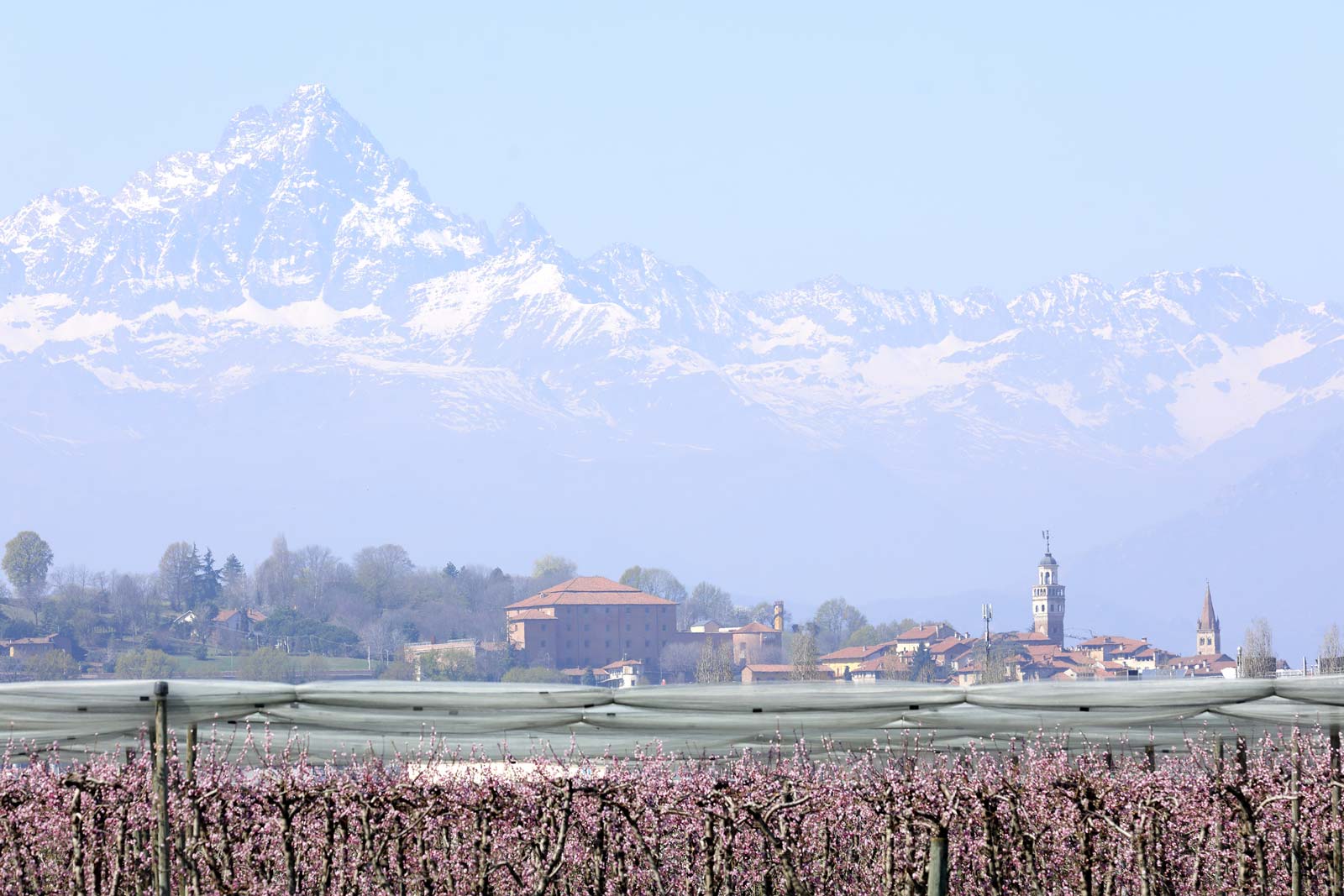
An ancient heart and a projection into the future
Saluzzo, an ancient capital
Saluzzo is a typical city of medieval origin: cobbled streets and squares, narrow stairways, ancient churches, and elegant noble palaces with their gardens make up the fabric of the historic centre.
However, if you really want to understand the city, you cannot forget its centuries-old relationship with the surrounding territory: the ancient Marquisate, now largely included in the area recognised in 2013 by UNESCO as the Monviso MAB biosphere reserve. The oldest documents mentioning the name of Saluzzo date back to around the year 1000; various hypotheses have been put forward on the origin of the name "Saluzzo": its name could derive from the name given by the ancient Romans to a pre-existing Ligurian population of the Maritime Alps, the Salii (Sales). In 1142 Manfredo took on the title of marquis and made Saluzzo the organising centre of the area between the southern Cottian Alps, the Po and the Stura di Demonte. Thus, for four centuries a small military outpost was transformed into a flourishing capital of a border state capable of creating links with the main European courts of the period. At the beginning there was no real urban centre, but there were small settlements scattered around the places of power and worship in the area. During the 13 th century, the first village (what is now the city historic centre) was established: it spread out fan-shaped on the hill and was divided into three large districts (borgo Valoria, borgo di Mezzo and borgo San Martino). To protect the new settlement, a first circle of walls was built between 1271 and 1286, joining the new castle of the
marquises, the so-called "Castiglia", commissioned by Tommaso I. The expansion of the city continued until, around 1380, it became necessary to build a new circle of walls, larger than the previous one. The city reached the peak of its fortune under the successive governments of Ludwig I (1416-1475) and Ludwig II (1475-1504), when a growing economic prosperity was matched by the splendour of the arts
and literature. Even today, the numerous testimonies of this period make Saluzzo a true city of art. In those years, the palaces of the nobility linked to the marquises and the main government buildings were concentrated in the upper part of the urban centre, while in the lower part there were the dwellings of the common people and the main economic activities. On 29 th October 1511, with the Papal Encyclical
of Pope Julius II Della Rovere, Saluzzo was elevated to the status of bishopric: it was a long-awaited event of great importance for the capital of the marquisate. However, the small state was weakened by
fights between the descendants of Ludovico II and, with the death of the last Marquis Gabriele (1548), Saluzzo and its territory came under French rule and lost their independence. In 1588 the city was
invaded by the Duke of Savoy, Charles Emmanuel I, who took definitive possession of the territory with the Treaty of Lyon (1601). From that moment on, the history of Saluzzo followed that of the
Savoy State. Saluzzo’s place in Piedmontese history and the important role it still plays in a vast and complex territory are still visibly recognised and honoured by the significant presence of the city's coat of arms (alongside those of Cuneo, Alba and Mondovì) in the heraldic insignia of the Cuneo provincial administration.












